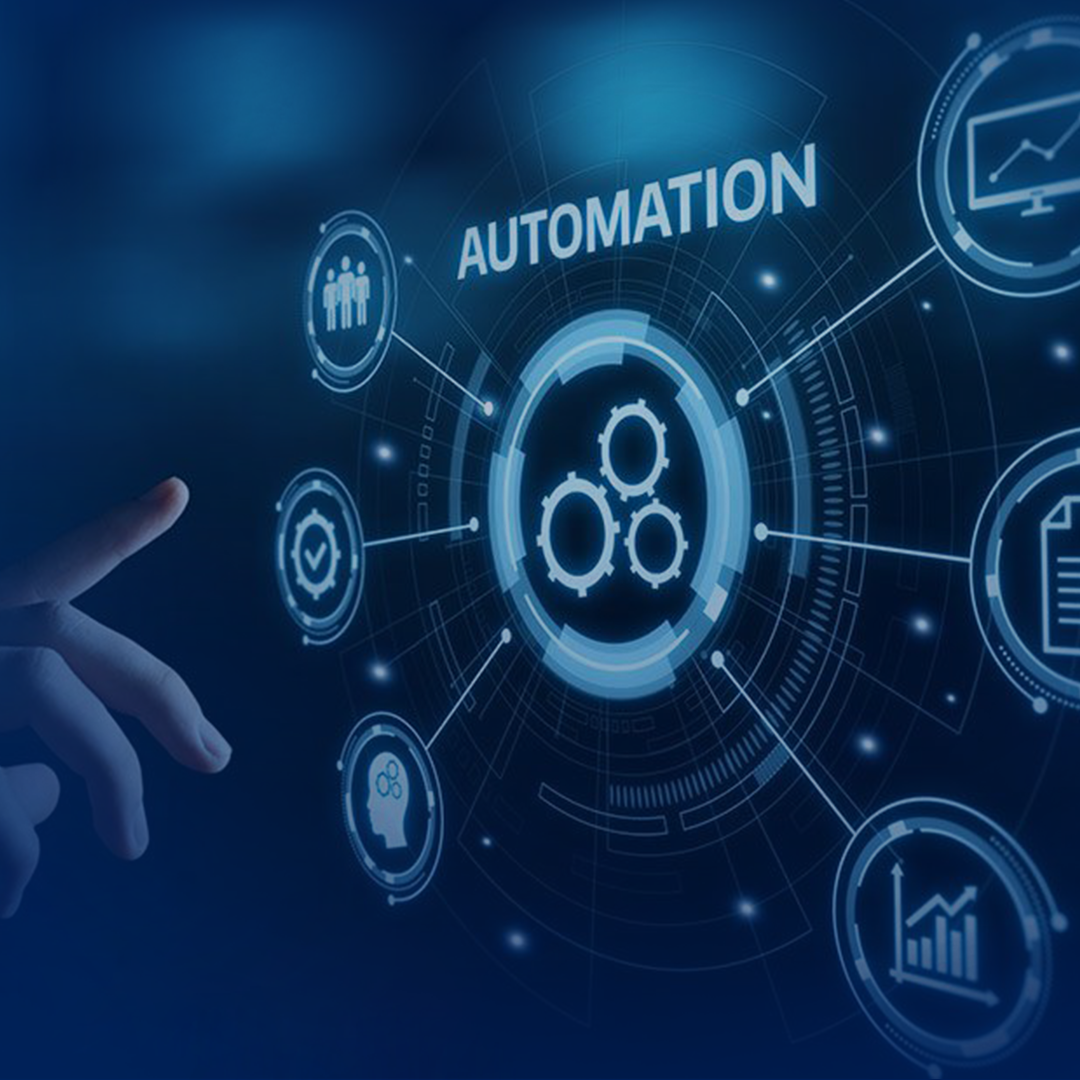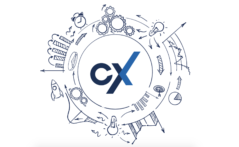Automation gives brands the opportunity to maximize their CX efforts and elevate performance across business units. But before you can successfully automate CX processes, you have to know where automation will create optimal results.
In Experience.com’s recently published white paper, “The Future of CX: The 5 Key Steps to Take Your Customer Experience Strategy to the Next Level,” we take a deep dive into the need for automated processes across your CX program, identifying the specific tactics that benefit from automation — and those that should remain manual. You can read an excerpt of the white paper now, or download the full white paper to find out what to automate — and what’s best handled on a personal level.
An excerpt from Chapter Four of “The Future of CX: Five Key Steps to Take Your Customer Experience Strategy to the Next Level.”
Automation is key to creating a holistic customer experience strategy. According to recent research from McKinsey, organizations that automated customer experiences via digital solutions were able to increase customer satisfaction by as much as 15% to 20%.
“By allowing customer-centric use cases to guide the technological foundation, connecting the entire customer journey, and creating a comprehensive adoption program, companies can achieve remarkable results,” wrote McKinsey. In fact, a year ago, the McKinsey Global Institute claimed the “adoption of digital technologies” to automate processes was the biggest factor in future economic growth, predicting that it will likely account for 60% of potential growth within organizations over the next ten years.
A perfect CX strategy runs on an automated engine
McKinsey’s findings support what Experience.com knows firsthand as a customer experience platform working with hundreds of brands: A well-oiled CX strategy is built on an effective customer experience platform that allows you to automate critical touch points all along the customer journey. Our CEO Scott Harris underscores the importance of adopting automated processes in his book Create WOW Customer Experiences: “Automation maximizes results. Manual processes minimize results.”
To design a high-performing customer experience strategy that looks at the customer journey from a 360-degree perspective, Scott advises organizations to automate data connections for all of their closed transactions and never allow a customer review to be removed from their automated systems.
“Deleting reviews, opting out employees or only surveying a sample of closed transactions will simply minimize the benefits of your CX strategy,” writes Scott who emphasizes the need to establish automated systems throughout your CX initiatives, “Get buy-in from other departments. Compliance needs the data. HR does too. Sales will want the reputation and growth benefits. Rally support and eventually mandate parts of the program as company policy.”
What to automate: The top CX experiences that benefit from automation
Depending on your business, the customer journey may include hundreds of touchpoints, if not more, each offering an opportunity to automate a customer experience. From a logistics and budget perspective, automating everything may not be feasible. But, there are a number of processes that should be prioritized in terms of automating CX tactics.
To establish a solid CX strategy, there are 13 specific processes that require automation, from transaction data integrations to customer review requests to social sharing capabilities and customer review monitoring.
While CX 2.0 is built on automated processes, there are customer and employee experiences that are best delivered manually. In his book, Scott outlines five specific business areas that benefit from a manual process, spreading across customer complaint resolutions tactics and to motivation programs, compensation and even marketing strategies.
To see the full list of the CX strategies brands need to automate — as well as the tactics that should be handled manually — download The Future of CX White Paper.
Just remember, when it comes to automation, every brand has their own adoption cycle. You don’t have to automate everything at once. Instead, identify the programs where automation can be easily implemented and go from there, building on your customer experience processes step by step. A full adoption or complete CX strategy may not be in reach at first, but focusing on customer interactions that can be measured and making sure every relevant employee and business location is part of the program is a good start.
This blog post is an excerpt from Experience.com’s recently published white paper: “The Future of CX: The 5 Key Steps to Take Your Customer Experience Strategy to the Next Level” — a phenomenal resource for marketing leaders and customer experience teams covering every aspect of exceptional CX, from building effective customer journey maps and identifying your organization’s most important touchpoints to tactical strategies for mitigating poor customer experiences.
















